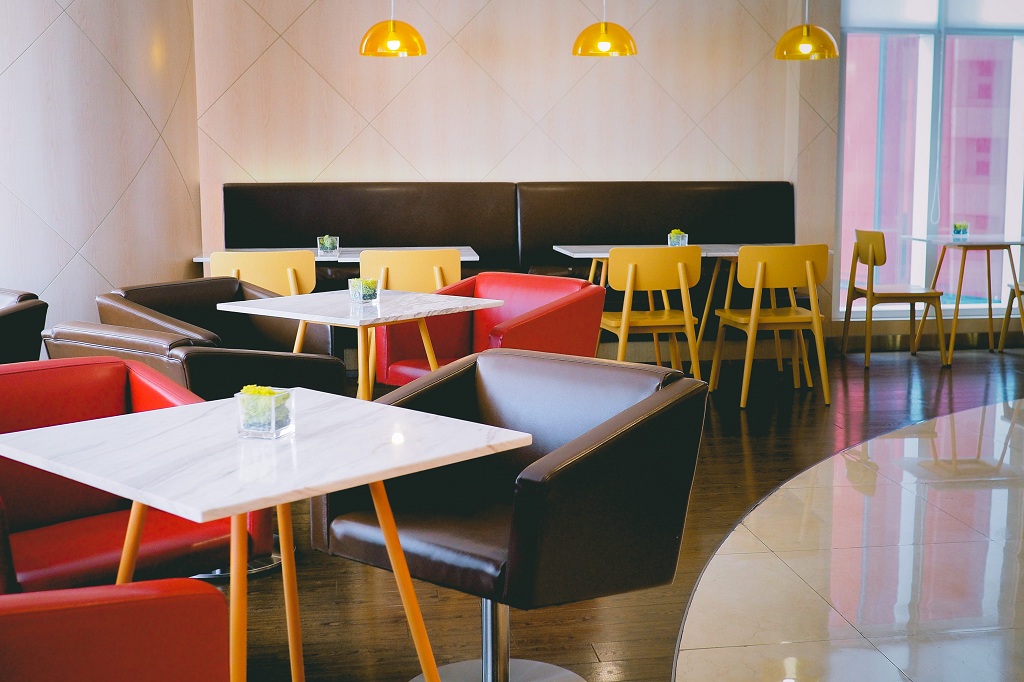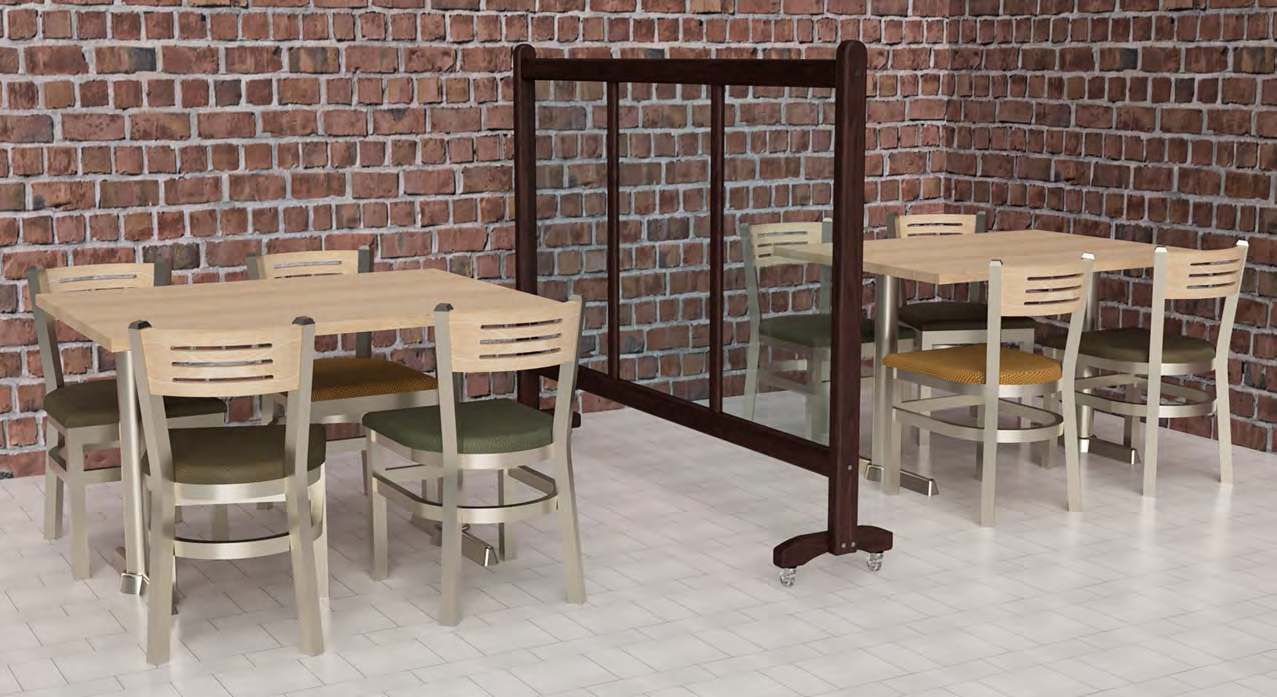The ongoing COVID-19 pandemic continues to disrupt the way we carry about our daily activities. We have seen a radical shift in the operation of restaurant businesses all over the world. With the social distancing norms kicking in, managing space in a restaurant’s dining area can be intimidating. The latest guidelines from the Centers for Disease Control & Prevention (CDC) direct you to maintain at least 6 feet distance between the guests in your restaurant.
Whether you are opening a new restaurant or remodeling your existing one, finalizing your restaurant’s layout requires you to consider several aspects before making up your mind. Read on to know how you can make the most of the dining space available in your restaurant.
1. Maximize the Space Without Sacrificing Comfort:
As a restaurant owner, you want to create a comfortable dining area for your guests where they can sit and enjoy their meal. To meet the social distancing norms, you must place two seating tables at least 72 inches apart in every direction. You can utilize this buffer area between the dining chairs and tables for storage, decorative elements, wait-stations, etc. To maximize the space in your restaurant’s dining area, you can consider small tables that can accommodate up to four guests. You can try shifting and placing tables that suits the floor plan of your dining room.
2. Select the Right and Stylish Seating:

Rather than treating them as a separate element, think of the restaurant furniture as an extension of ambiance. Your restaurant tables and chairs must be visually appealing, durable, functional, light-weight, affordable, and easy to use and maintain. Restaurant booths are cozy, space-saving, and convenient options to utilize the limited space for the corner areas of the dining room touching walls. As an additional safety feature, you can consider installing partitions or sneeze guards in your restaurant. In the middle of the dining room, light-weight and floating tables are an excellent option to add flexibility. You can use them separately or combine them for parties and large gatherings.
3. Plan Reservations Per the Capacity:

Staggering and allotting restaurant reservations with prior planning can help you in utilizing the dining area more effectively and efficiently. One way to achieve this is by offering restaurant tables at designated times. This practice allows you to make the most of your dining space and available resources. More importantly, it enables you to schedule the cleaning chores to keep your restaurant spotless and hygienic. Investing in a state-of-the-art reservation system is a smart way to keep track of all your bookings and schedules with minimum staff involvement.
4. There Should Be a Clear Path In & Out of the Dining Room:
To avoid crowding and confusion, hallways in your restaurant must bear appropriate signs to direct your guests. Generally, the hallway must have sufficient space to accommodate the comfortable movement of two people. Since your guests will pull the restaurant chairs while sitting and getting up, you must leave ample space to allow unrestricted movement in such cases. Under the present COVID-19 times, you can plan separate entry and exit paths to minimize interaction between your guests. While you can keep the front door of your restaurant for entry to the dining room, your guests can use the side or back door for leaving the restaurant. Additionally, this practice reduces crowding at the front door or entrance of your restaurant.
5. Create a Safe yet Inviting Entry:
The entrance to your restaurant gives an overview of your restaurant and usually gives the first impression to your customers. Even if you don’t have the luxury of space in your restaurant, you can use the following tactics to utilize the dining area more efficiently without compromising safety and hygiene:
A. Eliminate the Old-Fashioned Waiting Area:
Traditionally, the waiting area in a restaurant used to be a happening place for catching up and meeting with your pals. However, to comply with the safe distancing guidelines and to avoid crowding, you can eliminate the waiting area al-together and utilize the space to accommodate more guests in the dining room. Moreover, by reducing expenditure on furniture for the waiting area, you can invest in touchless technologies, contactless payments, and app-based reservation systems, etc.
B. Minimize the Traffic:
Restructure the movement of patrons in your restaurant by providing separate entry and exit points. As the demand for take-out order increases, you can set-up a pick-up counter to avoid crowding near the front gate and reservation desk.
C. Create a Sanitizer Station Near the Door:
Create sanitizer stations at all accessible areas like entrance, pick-up counters, reception desk, cash registers, etc. Ensure that your staff and guests sanitize their hands.
D. Install Clear Partition:

To isolate and limit the contact between your staff and guests, install partitions on the top surfaces of reception/reservation desk, pick-up counter, cashier, etc. Ensure that these partitions are at least 20 inches high and have small opening for receiving cash and handling parcels.
E. Decorate for Atmosphere:
Wall paintings, furniture, light-fittings, table-layout, colors, etc. are crucial aspects of restaurant design. Whether you wish to create a carefree cafe or an intimate fine-dine ambiance, you can use these elements for the perfect atmosphere. While dark colors like red, brown, etc. create cozy set-up, light colors like green, orange, yellow, etc. create open space.
Similarly, you can use mirrors to give the impression of a longer and wider dining area.
Conclusion:
Getting the best from a small dining room in a restaurant requires careful planning and detailing. From the design of restaurant tables to their placements, from lighting arrangements to decorative items, from reservations to movements of your guests, all these elements can help you in the efficient utilization of the dining area. In the post-COVID-19 scenario, working in a small dining area might appear even more challenging, but the points discussed in the article will be a good starting point. Hopefully, you can use these tips to overcome this daunting task and make the most of small restaurant dining room.

